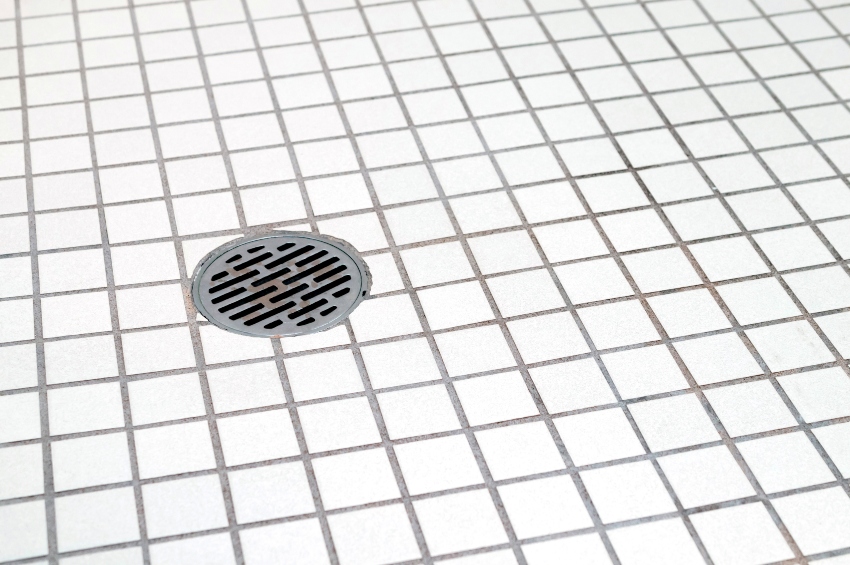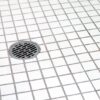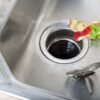Floor Drain Maintenance Tips

While most drainage issues are preventable, many homeowners forget about the drains in their house until there’s a problem. Floor drains are perhaps the most commonly ignored among them but can cause flooding and lead to costly water damage repairs if they back up. Use these floor drain maintenance tips to stay ahead of issues in your home.
Understanding Floor Drains: Locations and Function
Unlike showers and sinks, floor drains aren’t typically used on a daily basis, which makes them easy to forget. They can be found indoors and outdoors in places where drainage needs to be fast and efficient, such as:
- Basements
- Laundry rooms
- Older bathrooms
- Garages
- Some patios and driveways
Indoor floor drains remove overflow water from fixtures and appliances like vanity sinks, washing machines, and water heaters; outdoor floor drains capture and move rainwater and snow melt safely away from the home. Inside or out, these drains play a vital role in your home’s drainage system. You must keep them clear to protect against severe water damage and flooding.
Floor Drain Maintenance Tips
Proper floor drain maintenance helps prevent disaster, and it doesn’t require extensive work. Just follow these simple tasks throughout the year.
Fill Drain Traps Monthly
Your home’s drainage system directs water to a sewer or municipal storm drain. Drain traps serve as a barrier to prevent sewer odors and gasses from reaching your home. However, they need to be filled with water to do so. Simply pour a gallon of water down your floor drains each month to keep the traps full and functioning.
Clean Drains Regularly
Floor drains should be inspected and cleaned roughly every four months to prevent build-ups and clogs. Remove the cover to check for and clear any debris with a brush or a hose, or by hand. If it’s been over two years since your drains have been professionally cleaned or you need assistance, contact your local plumber to schedule service or learn more.
Clear Clogs Immediately
Slow draining water is the first sign of a clog and should be addressed immediately to reduce the risk of flooding. Minor clogs can typically be cleared by a few strong pumps with a plunger. If that doesn’t work, you can try a drain auger or snake; you can also create a homemade drain cleaner by pouring 1/2 cup of baking soda down the drain followed by 1/2 cup of vinegar, letting it rest for about 30 minutes, and then rinsing with boiling water. Remember, chemical drain cleaners aren’t always the best option as they may not work and can eat away at your plumbing.
It’s easy to take your drainage system for granted when it works properly, but it can be painful (and expensive) to deal with when it fails. Make a point to use these floor drain maintenance tips regularly to keep your home dry and safe from disaster.
Rely on Robillard
From professional drain cleaning to emergency repairs, the master plumbers at Robillard Plumbing are here for all your plumbing service and product needs.
Contact us to learn more.



